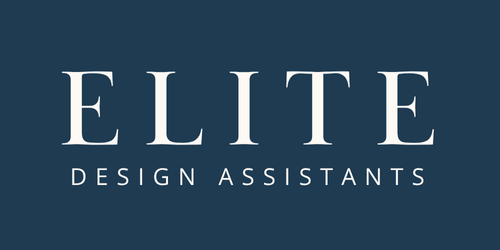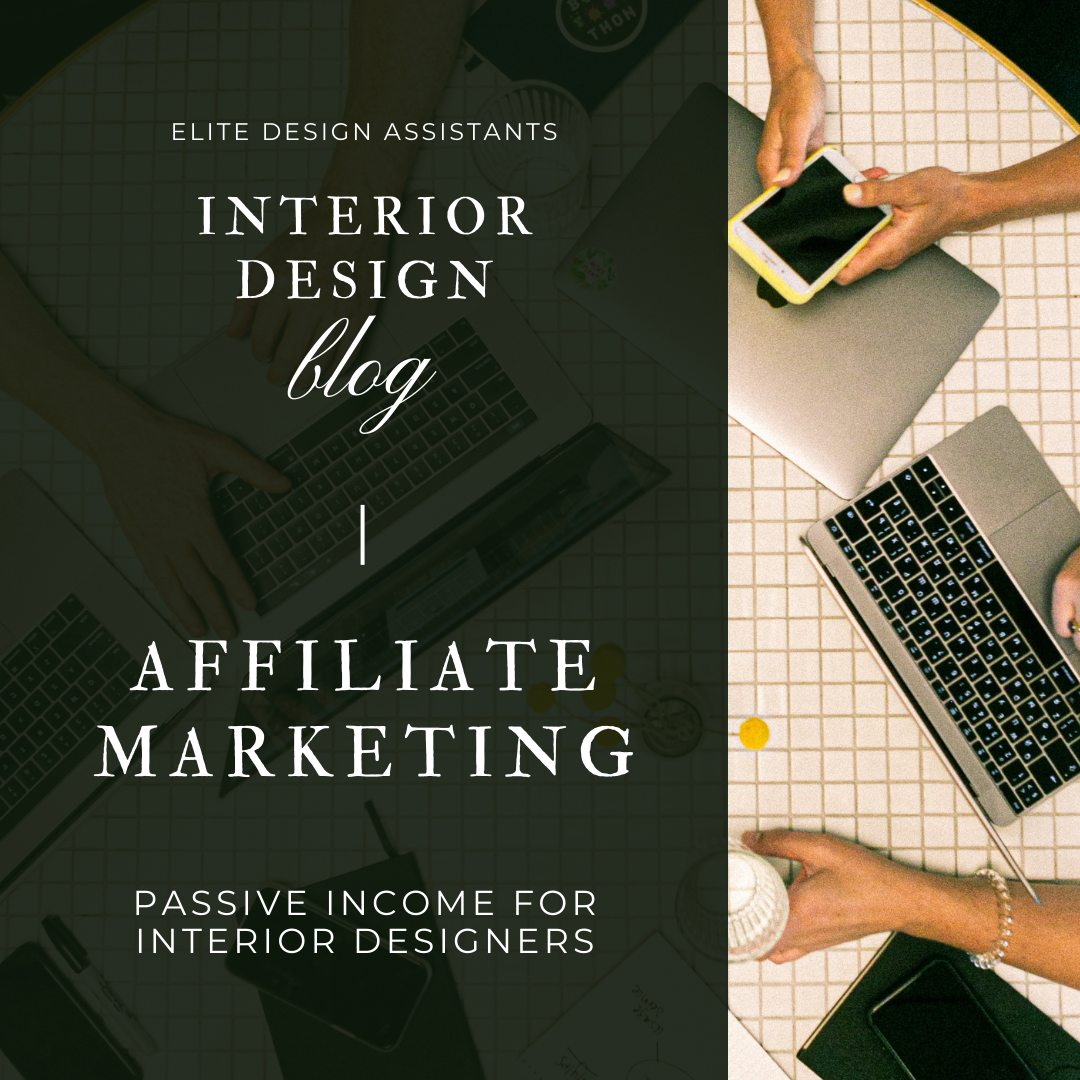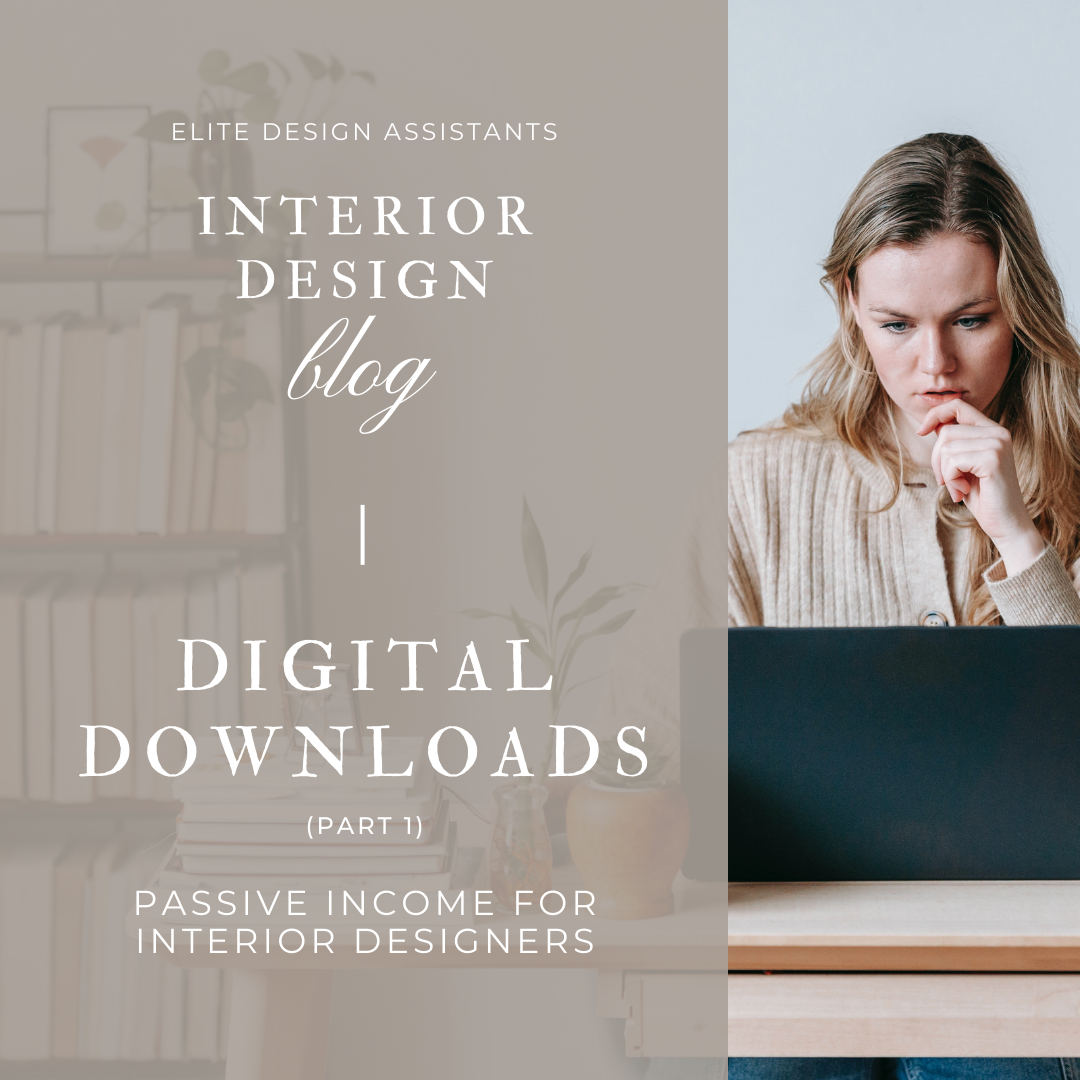Passive Income for Interior Designers: Affiliate Marketing
/Interior designers with a strong online presence or who have a very specific niche are very well-suited for using affiliate marketing to create a stream of passive income. Affiliate marketing works by a company providing a commission to a designer who has successfully promoted their product. A simple way to use affiliate marketing is through shoppable mood boards or creating a shop with affiliate links on your website.
How Interior Designers Can Get Started with Affiliate Marketing
Identify products that you are using in your projects or recommending regularly to clients.
Research affiliate marketing programs offered by those brands and companies. Many companies offer a way to earn a commission if a client purchases a product from your recommendation.
Apply to be an affiliate marketer. Once approved, the designer can begin to promote their favorite products on social media, through blog posts or newsletters, or by creating shoppable mood boards.
When someone purchases through the designer’s affiliate link, the interior designer earns a commission.
By using affiliate marketing, interior designers can earn passive income without having to actively sell their favorite products. However, it's strongly advised to disclose affiliate links and be transparent about any financial incentives involved to maintain trust with your audience and clients.
Benefits of Using Affiliate Marketing to Create Passive Income
It’s low-risk: Getting started with affiliate marketing doesn’t require much upfront investment as joining an affiliate marketing program is usually free and promoting the items can be done on social media or a designer’s website.
It’s hassle-free: The designer is not responsible for any shipping responsibilities or keeping inventory.
It’s a way to gain exposure to new brands and products: By partnering with reputable companies, interior designers can be the first to know of new products.
It helps create additional income streams: Affiliate marketing allows designers to create passive income while still focusing on their main services.
Tips for Successful Affiliate Marketing
Choose relevant products that align with the designer’s brand and their target audience: For example, an interior designer who focuses on sustainable design would benefit from promoting products from brands that are eco-friendly. Well-received promotions will result in higher conversion rates.
Create high-quality content to promote products in a natural way: A carefully-curated shoppable mood board that compliments the designer’s brand can be promoted on social media or blog posts to show clients what products they are loving at the moment.
Be transparent about affiliate links: This can be done by mentioning that a link is an affiliate link or by using hashtags like #ad or #affiliate when posting on social media.
Where to Get Started
There are many sites for interior designers to get started as an affiliate marketer. You may have heard of some, such as Side Door and RewardStyle. Or you may not know that sites you’re already using, like Wayfair and Amazon, have affiliate programs. The most important aspect is finding a company that aligns with your brand and target audience.
In short, any interior designer who is interested in creating additional income streams and has an online platform and audience can potentially benefit from affiliate marketing.
xx, Danae











































